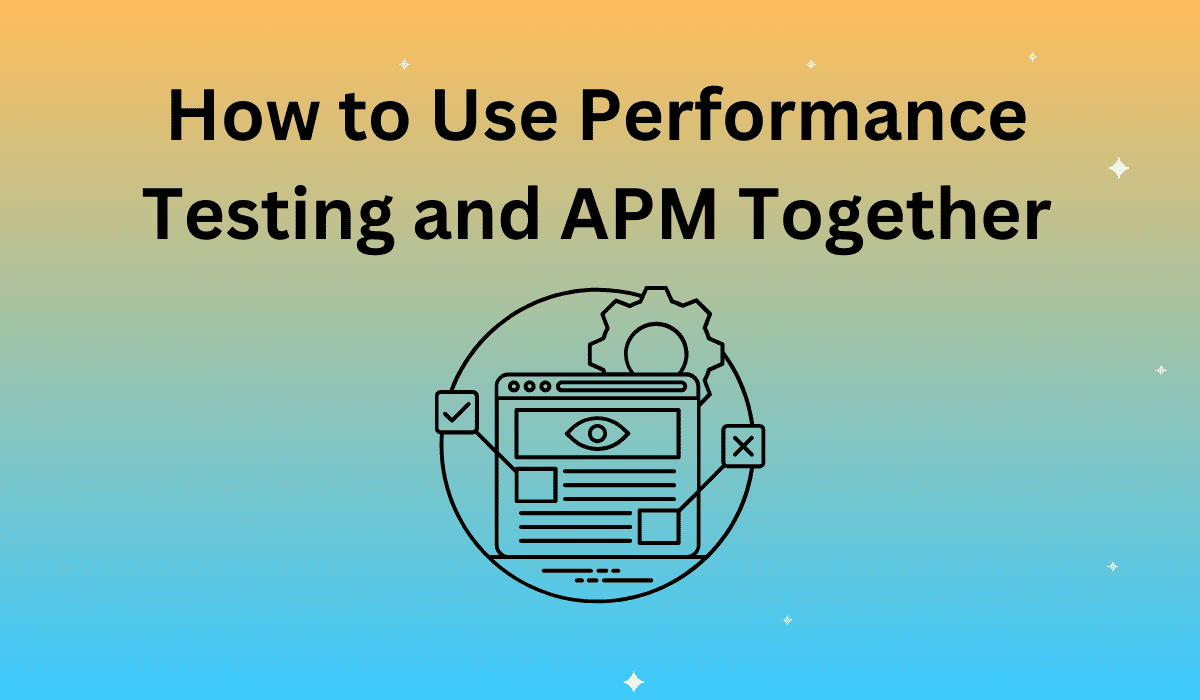The path to application quality and performance comes in many shapes and sizes. Most organizations today use an Application Performance Management (APM) tool to monitor their software availability and performance. At the same time, many organizations use performance testing tools to ensure application scalability and identify performance bottlenecks. But, like milk and cookies, the real magic comes when you bring APM and performance testing together. Here are the top 5 reasons your organization should use performance testing and APM alongside one another.
Written by: Johan Sandberg, Product Evangelist at Apica
1. Performance testing and APM give full visibility into your system’s performance
2. APM helps you sort out priorities your system architecture
3. APM and performance testing let you fix code issues faster
4. APM allows you to build a capacity plan based on the real application
Another lesser-known advantage of using APM in performance tests is that it can provide you with very specific metrics for hardware sizing of production platforms.
By using APM metrics of how much each transaction costs in terms of CPU utilization it’s possible to base capacity estimations on the real application. This enables teams to make the right investments in capacity and software licenses and, in the end, save the business money.
5. APM helps define realistic performance tests
Using APM in production gives teams the ultimate, most detailed information for setting up and running realistic performance tests. By having insight into how the system performs in production, teams can reproduce issues in tests more easily and take swift action to troubleshoot issues. Using APM in production then gives the organization instant feedback as to whether a fix has actually solved the problem. It also helps teams engage in more data-driven discussions based on reliable intelligence, not intuition.
More than 50% of IT organizations lack the tools they need to fully manage the application layer. Read our white paper: Extending APM with Synthetic Monitoring and Testing, to learn today’s industry trends in the context of extending APM with user experience monitoring.











